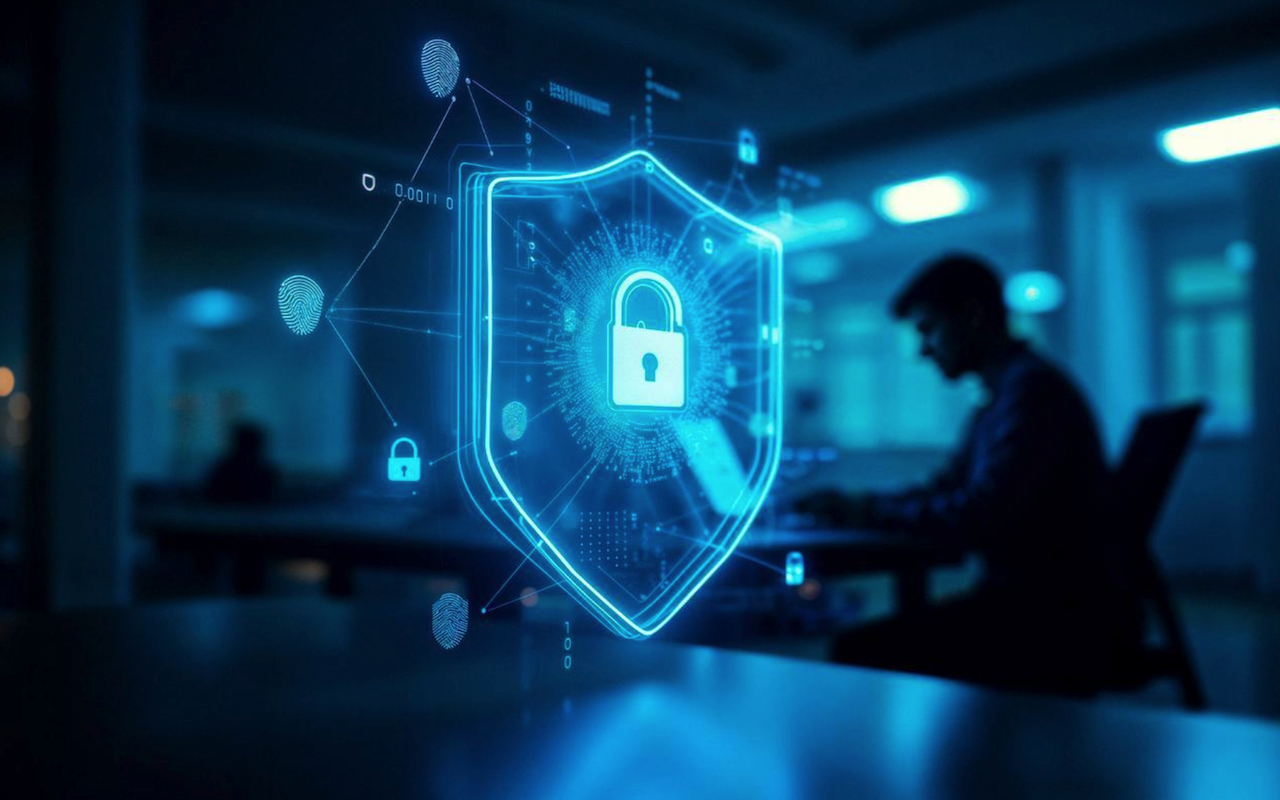
Have you ever wondered why companies still get blinded by risks even though they’ve invested in Governance, Risk, and Compliance (GRC) tools?

Have you ever wondered why companies still get blinded by risks even though they’ve invested in Governance, Risk, and Compliance (GRC) tools?

For years, companies have relied on VPNs and proxies as their primary defense for securing networks and controlling access. While these tools still play a crucial role, they are no longer sufficient to stop modern cyber threats, such as large-scale DDoS attacks or sophisticated credential theft.

In today’s digital-first world, cyber threats have become a daily reality for businesses of all sizes. Hackers no longer target only big corporations; small and medium-sized businesses are increasingly vulnerable because they often lack strong defenses. A single breach can result in financial loss, damaged reputation, and lost trust from customers. Businesses that invest in strong digital defenses don’t just protect their data; they also build resilience and trust in a competitive market.

Picture this: your business grinds to a halt because of a cyberattack. Hackers are becoming more sophisticated, and many companies struggle to keep up. As networks expand and threats increase, protecting sensitive data can feel like an uphill battle. Here’s the bright side: IT teams—whether in-house, outsourced, or hybrid—play a vital role in addressing these challenges. Studies show that organizations with proactive IT security strategies experience fewer breaches compared to those relying on ad-hoc approaches. In this article, you’ll learn how IT supports threat prevention, rapid response, and cost-effective solutions without compromising quality.

Teens flock to chat apps because they offer quick connections. Friends are only a message away, and group conversations can stretch late into the night. The pace is fast, the energy is high, and the sense of belonging is powerful.

Breaking into cybersecurity as an entry-level Security Operations Center (SOC) analyst requires a solid grasp of how systems function and the ability to respond effectively when issues arise. It’s a broad discipline, and the scope of responsibilities can seem overwhelming at first.

Ransomware attacks are changing. Moving to a new cloud-based format, it is imperative that businesses, organizations, and individuals safeguard themselves.

Cybersecurity sounds technical, but the core ideas are familiar: password security, data protection, and day-to-day choices that keep devices and accounts safe.

Microsoft Dynamics in today’s digital economy is the fulcrum on which organizations depend for operations, budgets, supply chains, sales, and customer interactions efficiently and cost-effectively. However, as such platforms are rolled out deeper into business processes, organizations also become more vulnerable to cyberattacks. The installation of effective cybersecurity solutions is therefore not just desirable but essential to maintain business continuity, safeguard critical information, and ensure compliance.

Technology has, undoubtedly, become an integral part of learning in the world of education. Digital tools and platforms allow for an unprecedented level of engagement and growth. While this transition to digital presents an opportunity, it also comes with new complexities in student data protection.